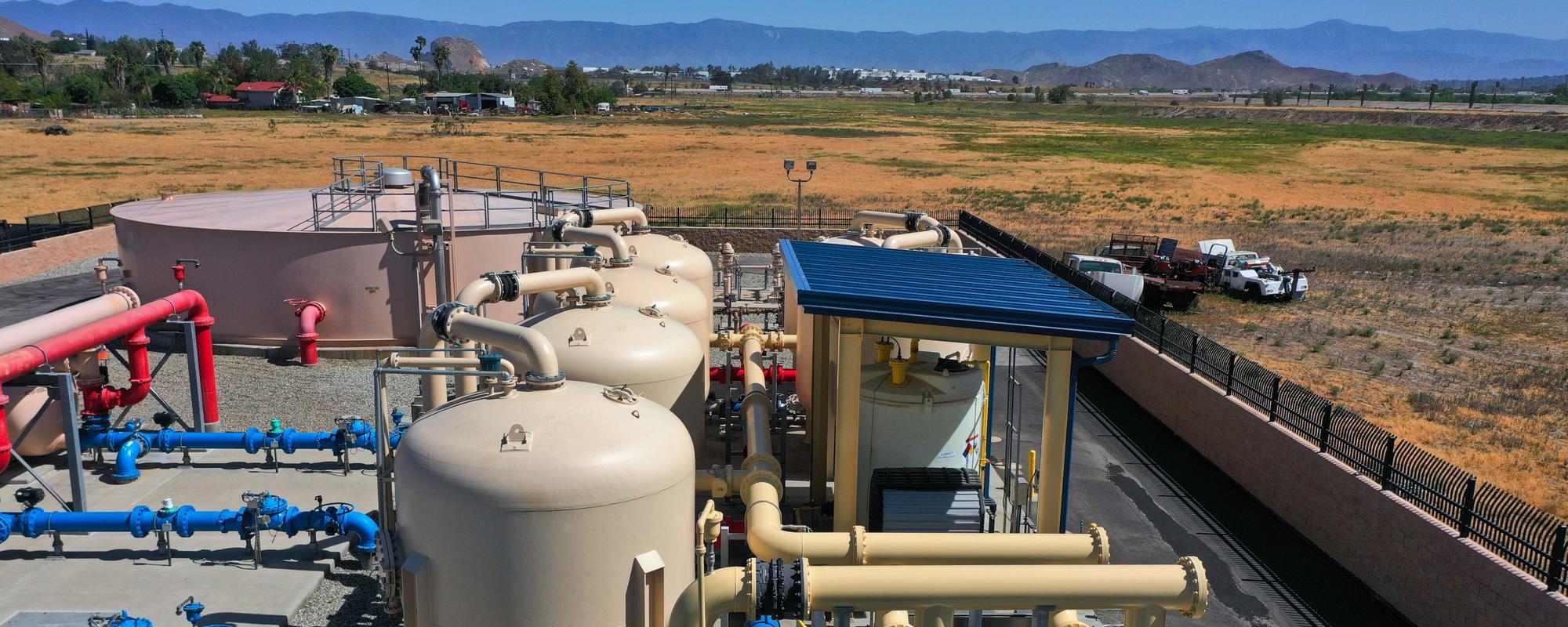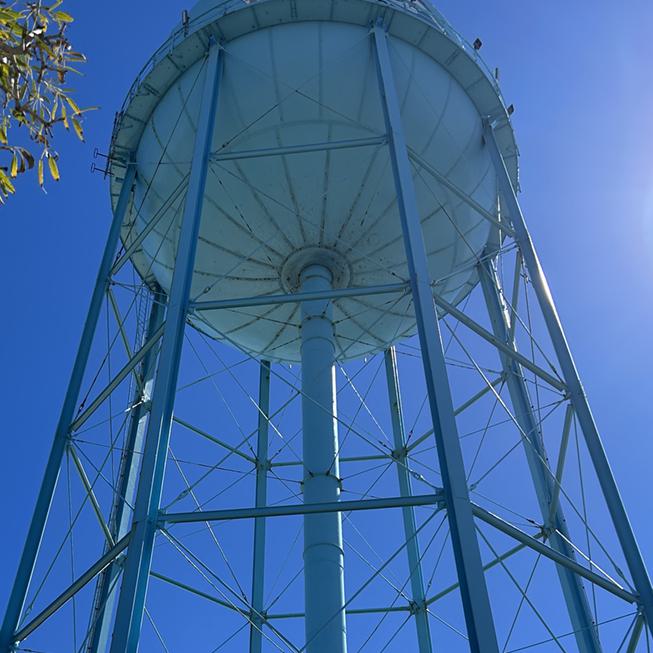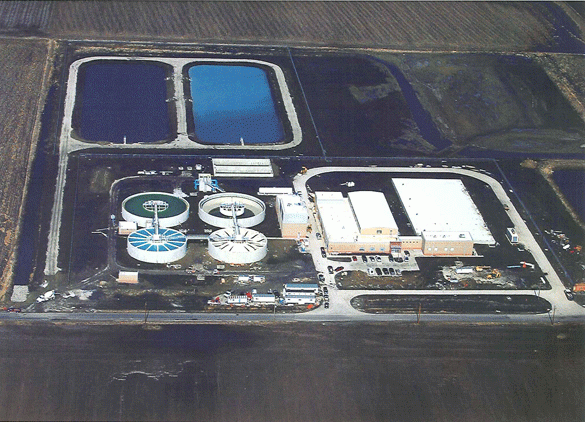Delivering High-Quality PFAS Treatment Under Tight Deadlines
At a Glance
- Enabled the Rubidoux Community Services District in Riverside, California, to fast-track a new PFAS treatment system for its water well and complete installation within a year.
- Recommended an ion exchange system and found a setup that ensured it wouldn’t be compromised by other existing contaminant removal processes.
- Designed upgrades within existing space, helping the client avoid costly and complicated new pumping infrastructure.
Related Topics:























